Results 5,601 to 5,610 of 12095
Thread: Anandtech News
-
01-05-16, 12:32 PM #5601
Anandtech: The Huawei Mate 8 Review
It’s been over a year since we reviewed the Huawei Ascend Mate 7 and Ascend Mate 2. For many people and including ourselves at AnandTech these were among one of the first experiences with Huawei as a smartphone device manufacturer. Ever since our review of the Honor 6 I kind of fell into the position of being the main editor in charge of Huawei device reviews and thus experienced first-hand the company’s efforts in the high-end as well as their increasingly visible expansion into western markets.
The Mate 8 is the successor to the Ascend Mate 7 and in a similar fashion to the P8 last spring, the phone drops the Ascend name in favour of better establishing the Mate brand. The Mate 8 is in a lot aspects an evolutionary design over the Mate 7 but at same time comes at the moment of a generational shift brought forth by the adoption of the new Kirin 950 SoC. With help of the new chipset and other improvements we’ll see that Mate 8 not only manages to raise the bar for Huawei but also to deal blows to competing devices in several aspects, making the phone a worthy candidate in the upcoming 2016 smartphone generation battle.
More...
-
01-05-16, 01:04 PM #5602
Anandtech: CES 2016: be quiet! Doubles Revenue in 2015
One of my first meetings of the week here at CES 2016 is with be quiet!, a German based company that focuses on silent cooling, power supplies, and now cases. We see them every year, and long-time readers may remember our former PSU editor Christoph Katzer by name is actually our contact. They are not exhibiting too much this year – their newest items are new secondary colors of cases or a new version of the Pure Power 9 power supplies that offer almost full modularity. Thus the show for them is an ability to synchronize with media, partners, and talk shop with potential customers.
What interested me is how be quiet! is growing. It turns out that 2015 has been a great year for them. The introduction of cases over 2014 and focusing on several specific models for quiet operation now accounts for up to 30% of the company revenue, with revenue on the whole doubling in 2015, now being an easy seven figures (official numbers have not been released, but it gives a sense of scale). Growth has been occurring in localized pockets worldwide, although new processor and chipset launches can help with peak sales beyond regular deals and combo offers. Their design team for all three segments (PSUs, cooling and power supplies) numbers fifteen maximum. I also asked about consumer vs B2B markets, but we were told that the B2B market is quite aggressive, and the bigger players have the advantage there so for now it is not so much a focus. For the future, we were told to look out on the water cooling scene as they have internally developed their own pump for quiet operations, although it may be this time next year before we see any demonstration units.
More...
-
01-05-16, 01:04 PM #5603
Anandtech: Huawei Launches Huawei Watch Elegant and Huawei Watch Jewel
Huawei has announced two new versions of the Huawei Watch that target users looking for something more flashy than the standard steel model. The new versions of the Huawei watch are called Elegant and Jewel. They share the same specifications as the Huawei Watch, including the 316L steel case, and sapphire cover glass. The changes solely have to do with the appearance. The Huawei Watch Elegant has a gold top ring with a rose gold plated body, while the Huawei Watch Jewel is adorned with 68 Swarovski Zirconia around the watch face. Both watches will come with exclusive watch faces to match their designs.
The Huawei Watch Elegant will be available for $499, while the Huawei Watch Jewel will be $599. Both will be available in the first quarter of the year.
More...
-
01-05-16, 06:30 PM #5604
Anandtech: Samsung Unveils The Galaxy TabPro S
During Samsung's CES press conference the company announced a brand new 2-in-1 tablet. While it was initially thought to be an Android tablet to take on the likes of the Pixel C and the iPad Pro, it turns out that the TabPro S is really a full blown Windows 10 convertible tablet. Below are its specs.
Since the TabPro S is larger than the average tablet and runs a full version of Windows, we're looking at different specifications than one would typically find in an Android device. On top of that, Samsung is able to source components from their different child companies, allowing for features that don't exist on many other tablets.Galaxy TabPro S SoC Intel Core m3 RAM 4GB NAND 128/256GB SSD Display 12" 2160x1440 AMOLED Dimensions 290.3mm x 198.8mm x 6.3mm; 693g Camera 5MP Rear Facing 5MP Front Facing Battery 5200 mAh (39.5Wh) OS Windows 10 Home/Pro Connectivity 802.11 a/b/g/n/ac, Bluetooth 4.1, GPS/GNSS, Micro USB 2.0 Network 2G / 3G / 4G LTE Category 6
Internally, the TabPro S is powered by Intel's Core m3 CPU, which is a Skylake-Y part. That CPU is paired with 4GB of RAM, and a 128GB or 256GB SSD. Samsung actually advertises it as an SSD, and given its size it's probably safe to assume that we're looking at an actual SSD rather than an eMMC solution.

The TabPro S uses a 12" 2160x1440 AMOLED display. The prospect of a Samsung tablet with an AMOLED display running Windows interests me greatly, because it opens up the possibility of manual calibration and different gamma targets like BT. 1886 which would greatly improve the movie watching experience.
Like many of the productivity focused tablets that have launched recently, the TabPro S includes support for a keyboard and a digital pen. The keyboard connects to the tablet directly using pogo pins, while the pen works over Bluetooth. In addition to those accessories, there will also be an adapter that allows for the connection of USB Type A, Type C, and HDMI devices.
The Galaxy TabPro S will be launching this February in both white and blue. The keyboard cover and Bluetooth pen will be available separately. Pricing for the TabPro S and accessories is currently unknown.
More...
-
01-05-16, 07:31 PM #5605
Anandtech: Samsung Announces New Gear S2 Models And iOS Support
Among the announcements made during Samsung’s CES 2016 press conference, two related to Samsung’s Gear S2 smartwatch. The first is the introduction of two new finishes for the Gear S2 Classic. The first is an 18K rose gold plated model, and the second is a platinum plated model. The rose gold model comes with an Ivory leather band, while the platinum model comes with a black leather band.
In addition to the two new premium models of the Gear S2, Samsung also announced that they will be enabling support for iOS on the Gear S2. This will allow Gear S2 users to use the watch with the iPhone if they so choose.
More...
-
01-05-16, 08:02 PM #5606
Anandtech: SanDisk Announces X400 Client SSD for OEMs
As CES gets underway, SanDisk is announcing the X400 SSD as the successor to the X300 and X300s and as the higher-performance counterpart to the Z400s. The new X400 will be the flagship of SanDisk's line of SATA and M.2 SATA SSDs for OEMs, though by the standards of consumer SSDs sold at retail it wouldn't quite be a high-end SATA drive.
The X300s was the Self-Encrypting Drive variant of the X300, but for the X400 SanDisk is unifying the two by making encryption a standard feature, pending a firmware update due in April to provide full TCG Opal support. The X400 improves performance in most areas, though not by any huge margins. They're dropping the smallest capacities, leaving 128GB as the starting point, and mSATA is no longer an option. Both changes reflect a lack demand for outdated drive configurations in new product designs. Like the X300, the X400 uses TLC NAND flash and relies on SLC-mode write caching to provide competitive write speeds.
The X400 adds a 1TB M.2 option that SanDisk claims is the first single-sided 1TB M.2 drive. The X400 also adds LDPC ECC to the mix, which probably helped SanDisk increase the warranty period to 5 years.SanDisk OEM Client SSD Comparison Drive X400 Z400s X300 Capacities 128GB, 256GB, 512GB, 1TB 32GB, 64GB, 128GB, 256GB 64GB, 128GB, 256GB, 512GB, 1TB (2.5" only) Sequential Read 545 MB/s 546 MB/s 530 MB/s Sequential Write 520 MB/s 342 MB/s 470 MB/s Random Read IOPS 95k 37k 98k Random Write IOPS 75k 69k 70k Form Factors 2.5", M.2 2280 2.5", mSATA, M.2 2242, M.2 2280 2.5", mSATA, M.2 2280 Warranty 5 years 5 years 3 years
The SanDisk X400 was sampling to OEMs as of late last year and is now available to OEMs and system integrators in volume.
More...
-
01-05-16, 09:00 PM #5607
Anandtech: Samsung Announces The Ultra-Light Notebook 9 Series Laptops At CES 2016
Samsung has been somewhat of a small player in the notebook market lately, but today they are announcing two new devices which should appeal to anyone looking for a very portable laptop. The new Notebook 9 series laptops, in both 13.3-inch and 15.6-inch sizes, come in at a very svelte 1.85 lb (840 g) and 2.84 lb (1.29 kg) mass, respectively. The 13.3 is one of the lightest notebooks around, and the 15.6-inch model is, as far as I know, the lightest 15-inch laptop yet. As well as being light, the magnesium framed devices are also very thin, with the smaller model just 13.4 mm thick, and the larger model only 14.5 mm.
So they are small. Both of them are powered by Intel Skylake-U series processors, which have a 15 Watt TDP. Normally 15.6-inch notebooks can sport quad-core H series due to the extra size and mass, but Samsung has clearly made an effort to keep these as thin and light as possible. RAM is 4-8 GB, and storage is 128-256 GB SSDs, which is pretty typical for an Ultrabook.
Despite the ultra-thin design, the keyboards are backlit, and feature 1.5 mm of key travel, which should mean a pretty decent typing experience.
Both versions have two USB 3.0 ports, but the 15.6-inch one also has a Type-C connector with DisplayPort capability and USB 3.1 Gen 1 speeds (which are the same as 3.0).
The displays are both 1080p PLS models, so unlike last year’s Samsung notebook, there is no longer a 16:10 offering here. That’s too bad, but the new models do feature thin bezels, reducing the overall footprint of the entire notebook. Samsung claims the 15.6-inch model fits in the same footprint as a traditional 14-inch device.
Samsung claims “all-day battery life” but the battery is the one area where the march to thin and light has been impacted. The 13.3-inch model has just a 30 Wh battery, and the larger version only goes up to 39 Wh. Compared to something like the XPS 13, with a 56 Wh battery, you can see that battery life is going to be impacted.
However, if a light notebook with a full Core U series processor is what you are after, the Samsung Notebook 9 series is likely one to check out. We’ll try to get some hands-on time with the new devices at CES.
Source: Samsung
More...
-
01-05-16, 09:31 PM #5608
Anandtech: Patriot Memory Enters PCIe Storage Market with Hellfire SSDs
Patriot Memory has been selling solid-state drives for about eight years now. To date, virtually all of Patriot’s SSDs have used the Serial ATA interface, which became a performance-limiting factor in the recent years. At the Consumer Electronics Show this week, Patriot finally announced its first SSDs with the PCI Express 3.0 x4 interface. The new Hellfire solid-state drives will be available for purchase at the end of the first quarter.
The Patriot Hellfire SSDs are based on the Phison PS5007-E7, which is an eight-channel controller that supports the NVMe revision 1.20 protocol, the PCI Express 3.0 x4 interface as well as various types of NAND flash memory. The PS5007-E7 controller features error correction with 120-bit/2KB BCH code along with all the modern functionality, such as NVMe L1 power sub-state, power failure protection, end-to-end data path protection, an AES-256 engine, advanced global wear-leveling and so on. The Patriot Hellfire solid-state drives use MLC NAND flash memory, but the manufacturer yet has to reveal its exact type.
Patriot’s Hellfire SSDs will come in two form-factors: M.2 2280 card with PCIe 3.0 x4 interface as well as half-length half-height add-in-card with PCIe 3.0 x4 interface. The Hellfire M.2 and the Hellfire PCIe AIC drives will be available in 240 GB, 480 GB and 960 GB capacities.
The Hellfire M.2 2280 SSDs will offer sequential read speeds of up to 2500 MB/s and write speeds of up to 600 MB/s. The Hellfire PCIe AIC will be considerably faster with sequential read speeds of up to 3000 MB/s and write speeds of up to 2200 MB/s.
One of the reasons why the Hellfire SSDs in different form-factors offer different levels of performance despite of the same controller and logical interface is because the Phison PS5007-E7 controller cannot use all of its channels on an M.2 2280 card. It should also be noted that Phison’s reference M.2 2280 SSD with the PS5007-E7 ASIC (application specific integrated circuit) only supports capacities up to 512 GB.
Patriot will not be the only company on the market to offer high-performance solid-state drives based on the Phison PS5007-E7 controller. Phison sells its chips along with reference designs to actual makers of SSDs, so expect multiple companies to use the PS5007-E7 inside their high-end SSDs in 2.5-inch, M.2 and AIC form-factors. For example, G.Skill demonstrated its PS5007-E7-based Phoenix Blade X SSD at Computex 2015 about six months ago.
According to Patriot, its Hellfire PCIe AIC SSD will offer performance that will be higher than that of Samsung’s 950 Pro, which is one of the fastest solid-state drives today. If other producers manage to design SSDs with similar performance based on the PS5007-E7 ASIC, it will be a huge step forward for the whole market.
More...
-
01-06-16, 12:54 AM #5609
Anandtech: Wi-Fi HaLow: Long-Range, Low-Power Wi-Fi for Internet-of-Things Devices
There are more than 6.8 billion devices with Wi-Fi technology in use today, but the number of devices that need to share data or access the Internet wirelessly will grow exponentially in the coming years because various wearables, driverless cars, smart sensors and other devices that belong to the Internet-of-Things (IoT) world. The Wi-Fi Alliance this week announced the IEEE 802.11ah standard, which was developed specifically for IoT devices. The tech will be formally called the Wi-Fi HaLow.
The 802.11ah operates in 900 MHz band, which helps to cut down power consumption, extend transmission range, improve propagation (the ability to transmit in the presence of many interferences) and penetration (the ability to transmit through various barriers, such as walls or floors). It is expected that the radius of a Wi-Fi HaLow device will be twice that of modern Wi-Fi standards (i.e., 500 meters in case of the 802.11n) and up to one kilometer, which can be further extended using relay. Actual data-rates supported by the 802.11ah will not be too high: the tech uses 802.11a/g spec with up to 26 channels that provide up to 100 Kb/s throughput.
The Wi-Fi HaLow technology was designed to enable communications between devices at longer distances and/or in challenging environments (with many barriers) using relatively low amounts of power. The tech could challenge both Bluetooth and cellular networks eventually since it combines the best of both worlds: low power operation as well as relatively long range. Moreover, unlike Bluetooth and other short-range radio technologies, the 802.11ah can connect devices directly to the Internet.
Since many devices supporting the Wi-Fi 802.11ah will also be able to operate in 2.4 and 5 GHz bands, they will also support traditional 802.11n/ac technologies and will be able to send and receive data at higher transfer-rates when possible.
The WiFi HaLow will unlikely replace Bluetooth completely due to the vast ecosystem that already uses the technology. However, it will compete against Bluetooth in the future. It will also not be able to replace cellular networks because they are ubiquitous.
The Wi-Fi HaLow 802.11ah technology has a lot of potential and is something that IoT needs. The 802.11ah will enable communications both for tiny battery-operated wearables as well as for various applications that cannot connect using today’s Wi-Fi technology. For example, the Wi-Fi HaLow can connect all personal health trackers at a hospital to its central servers, or enable communications between various machines at a large agriculture or industrial facility.
The Wi-Fi Alliance claims that its technologies operate in unlicensed spectrum; therefore, the Wi-Fi HaLow should not interfere with existing wireless technologies. Nonetheless, it should be noted that 900 MHz band is licensed in some countries. Therefore, the tech may not work everywhere, which will likely slowdown its adoption by the industry.
At present, the Wi-Fi 802.11ah is still a draft specification. Later this year it will be approved by the IEEE Std P802.11ah working group.
More...
-
01-06-16, 01:38 AM #5610
Anandtech: Honor Launches The Honor Band Z1
Today during their pre-CES launch event honor announced a new smartphone as well as a new fitness tracker called the honor band Z1. I found interest in the honor band Z1 because of the fact that it acts as a fitness band but doesn't follow the rectangular form factor that many fitness devices such as the Microsoft band have adopted, while allows it to also act as something similar to a typical circular watch.
The honor band Z1 sports a 1.06" 128 x 128 PMOLED display. This is obviously a much lower resolution than high end smartwatches, but for the intended applications of the honor band Z1 it makes sense in order to preserve battery life. The stainless steel case has a diameter of 38mm, a thickness of 9.5mm, and a mass of 25 grams. It's powered by a Cortex M4 based STM32F411 CPU from STMicroelectronics, which is paired with a 70 mAh internal battery. Honor states that the battery will last for 3-4 days of normal use, including daytime fitness use and sleep tracking. Like most wearables, the honor band Z1 is IP68 certified.
In addition to fitness tracking, the honor band Z1 does support some forms of communication, including notification mirroring and caller ID. It connects to your smartphone via Bluetooth 4.1, and supports iOS 7.0 and newer, as well as Android 4.4.4 KitKat and newer. The bands come in black, white, and cream finishes, with the black band model also coming with a black steel finish. It will retail for $79.99 USD when it goes on sale at the end of the month.
More...
Thread Information
Users Browsing this Thread
There are currently 4 users browsing this thread. (0 members and 4 guests)





 Quote
Quote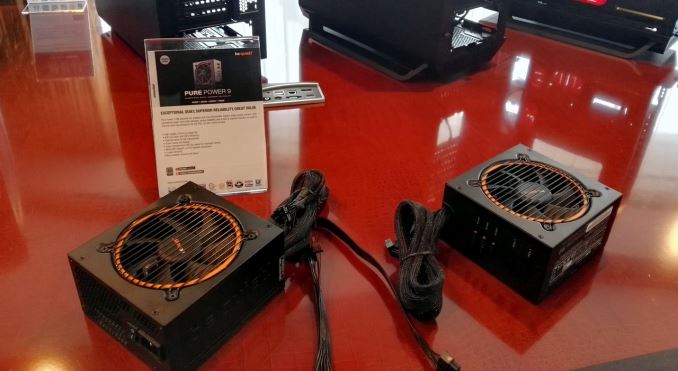
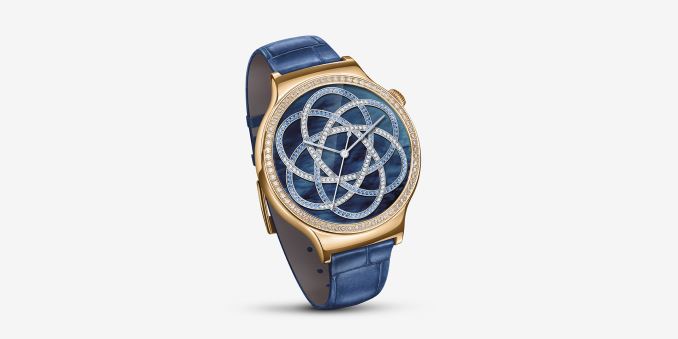

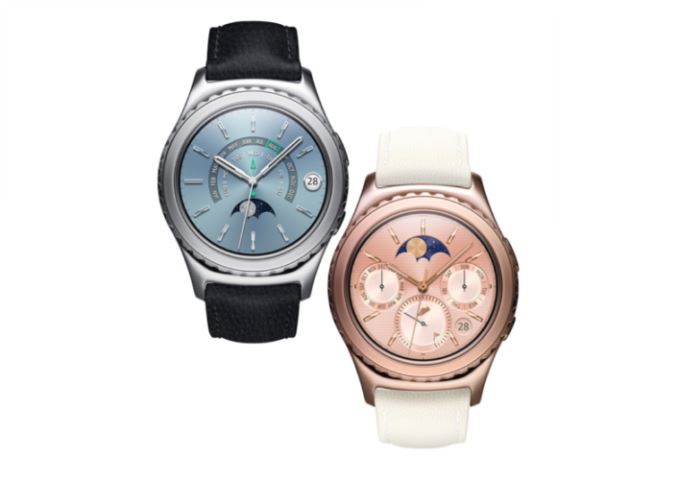

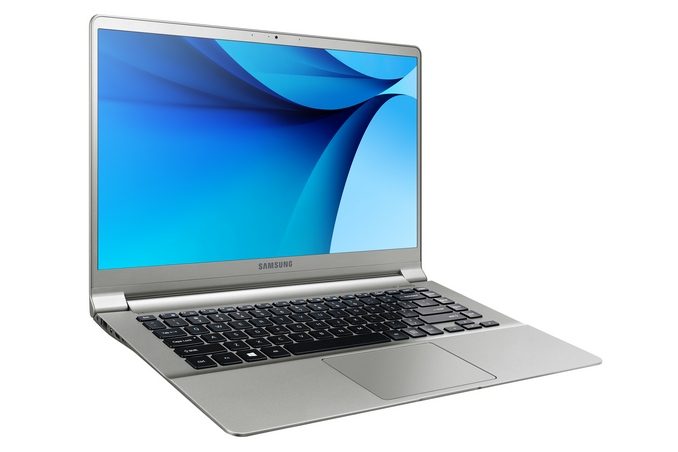
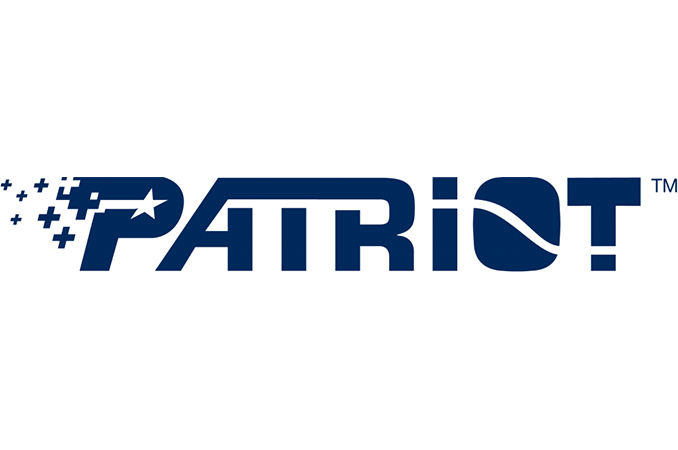

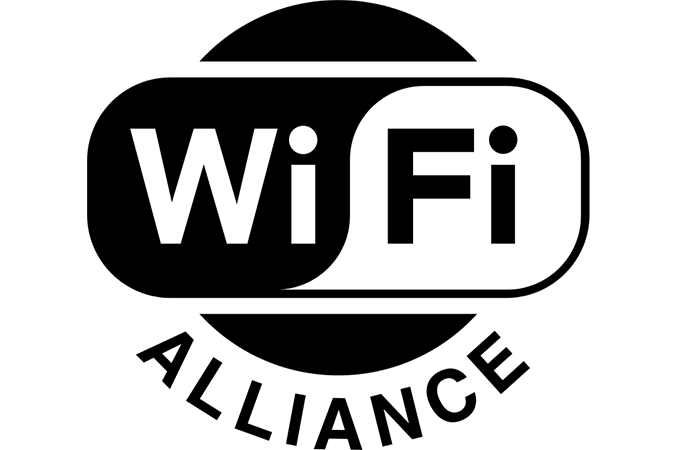

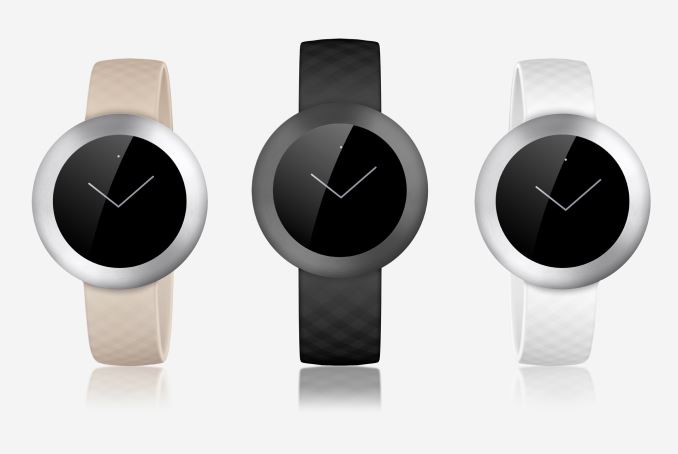
















Bookmarks